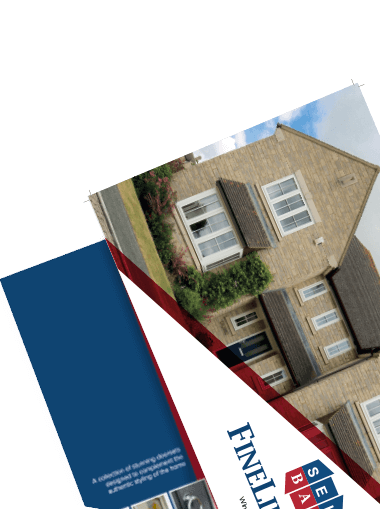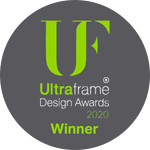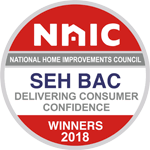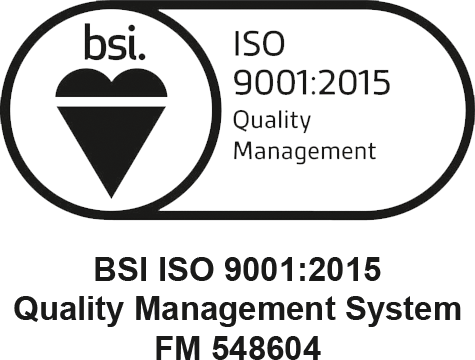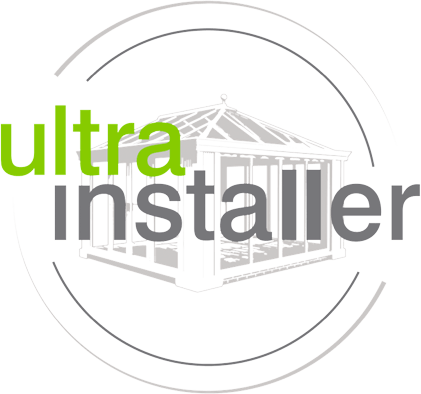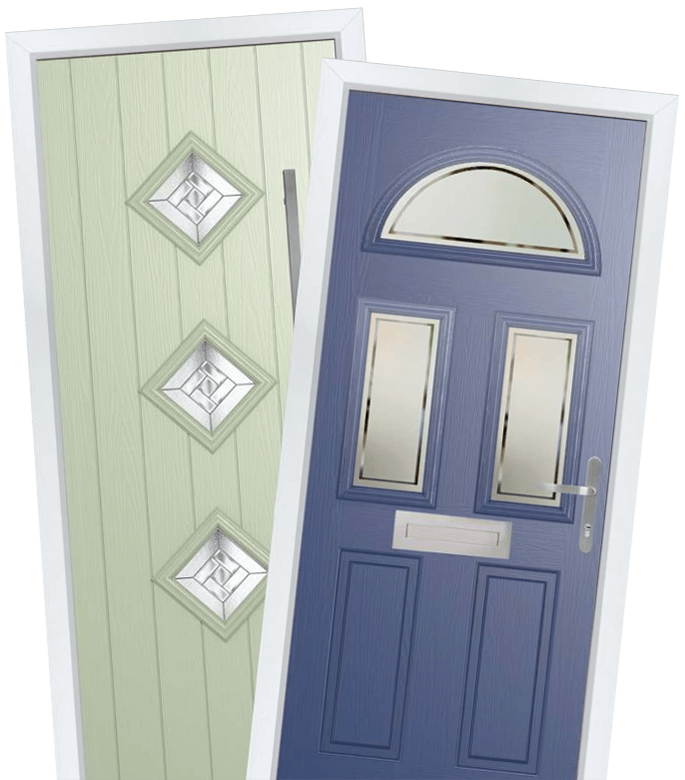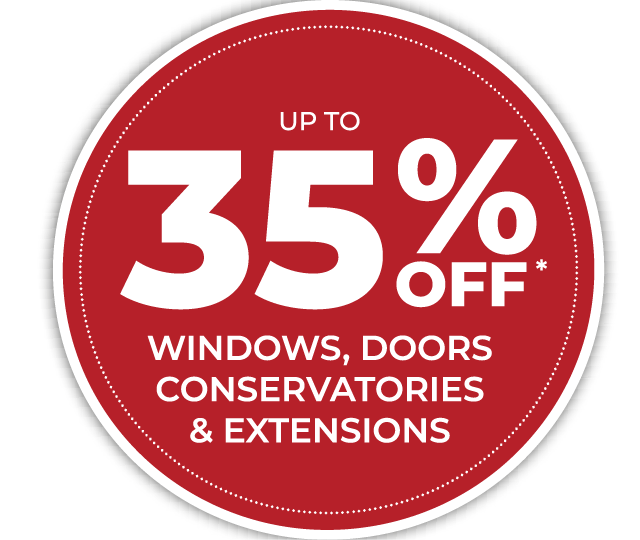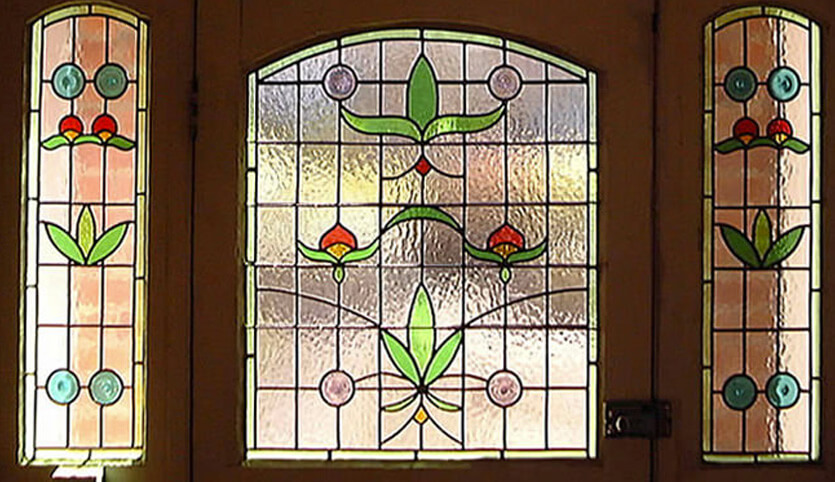

Doors. The entry to your home, your land, your masterpiece. It is effectively the first impression of a home (barring the garden). That door with solid steel insulated modern protection and security, that beautifully stained solid wood door and that maintenance free composite door can include unique door glass and sidelights with an almost infinite choice of bevelled glass, etched glass or stained glass designs. We’ve gone into a bit more detail to give you a better idea of what each of the glass types mean – hopefully we’ll try and help you make your decision when buying your door…
Bevelled Glass
Only when in front of a person’s eyes can this traditional form of decorative glass exhibit its timeless beauty. Imagine a flat piece of glass, perhaps tempered or otherwise strengthened, as a palette on which to place a distinctive design. Small hand shaped pieces of glass – diamonds, squares, rectangles, tear drops and more – may be used to produce a planned overall design based on a large variety
Alternatively, you can act as your own designer producing a personal distinctive arrangement or really go for it and present ideas to an artist’s for a unique design based on their concept. Whatever the final design, these individual glass pieces are then carefully fit together and bonded to that plain palette.of very popular standard motifs.
Today’s modern manufacturing techniques that produce bevelled glass on a single sheet of (usually toughened) glass have many advantages over older bevelled glass techniques. Today’s bevelled glass also provides increased safety and eliminates joints for heat loss or water penetration.
Etched Glass
Arguably the oldest form and method of glass decoration is etched (sandblasted) glass that can be incorporated into any glass for a door, window, side panel or over the door top light. Hand etched glass is still produced, but most etched glass is now manufactured with computer designs and computer controlled processes.
Naturally, a person’s first thought for the use of etched glass is for privacy without reduced light in an outdoor window, a bathroom door or a business office door. Etched glass has moved on to multiple uses by combining new production methods and controls leading to expansion in achievable artistic designs.
Glass etching is a form of lithography similar to those used on glass, metal or plastic substrates to transfer designs for artistic works to electronic circuit boards. If hand made or computer generated, a decorative design is set out for etching (printing) by masking areas of glass to be untreated while leaving unprotected the area to be etched. A machine then blasts a fine abrasive material onto the whole area but only “etches” the unprotected part of the design.
Overlay Stained Glass
The stained glass of cathedrals and churches were produced through a tedious, labour intensive process used only now for their repair. These magnificent works of art were produced by arranging countless small pieces of individually coloured stained glass held together in a framework of soldered together lead strips.
The overlay stained glass method has served to keep an ancient art alive in all its beauty. Modern overlay stained glass is a far less labour intensive technique and more versatile. “Stained glass” doors and windows have grown in popularity because of greatly reduced cost and products providing weather resistance and safety.or their repair. These magnificent works of art were produced by arranging countless small pieces of individually coloured stained glass held together in a framework of soldered together lead strips.
As its name implies, overlay stained glass is made by placing a collection of small coloured glass pieces in an arrangement to produce the artistic design can be employed to produce an overall effect that resembles leaded stained glass.
Safety Glass
Safety requirements concerning the installation of glass in windows, doors and glass panels are mostly based on location and glass area. Most decorative glass can be made with tempered glass as a substrate to meet safety requirements.
Toughened (or tempered) glass is manufactured with controlled chemical treatments and cooling steps to increase strength and to balance internal stresses. As a result, tempered glass crumbles into small pieces when broken. Really useful for garden facing glass when the children or grandchildren are playing in the garden as we all know they’re going to break a window at some point!
We really hope that helps you understand some types of glass better, and helps you make a decision when buying glass doors/windows. We’d love to see any pictures of your decorated glass too! SEH BAC are also more than happy to help if you need some more information before buying your glass. Just get in touch with us – Use the comments, visit our website or find us on Twitter, Facebook or Google +.
